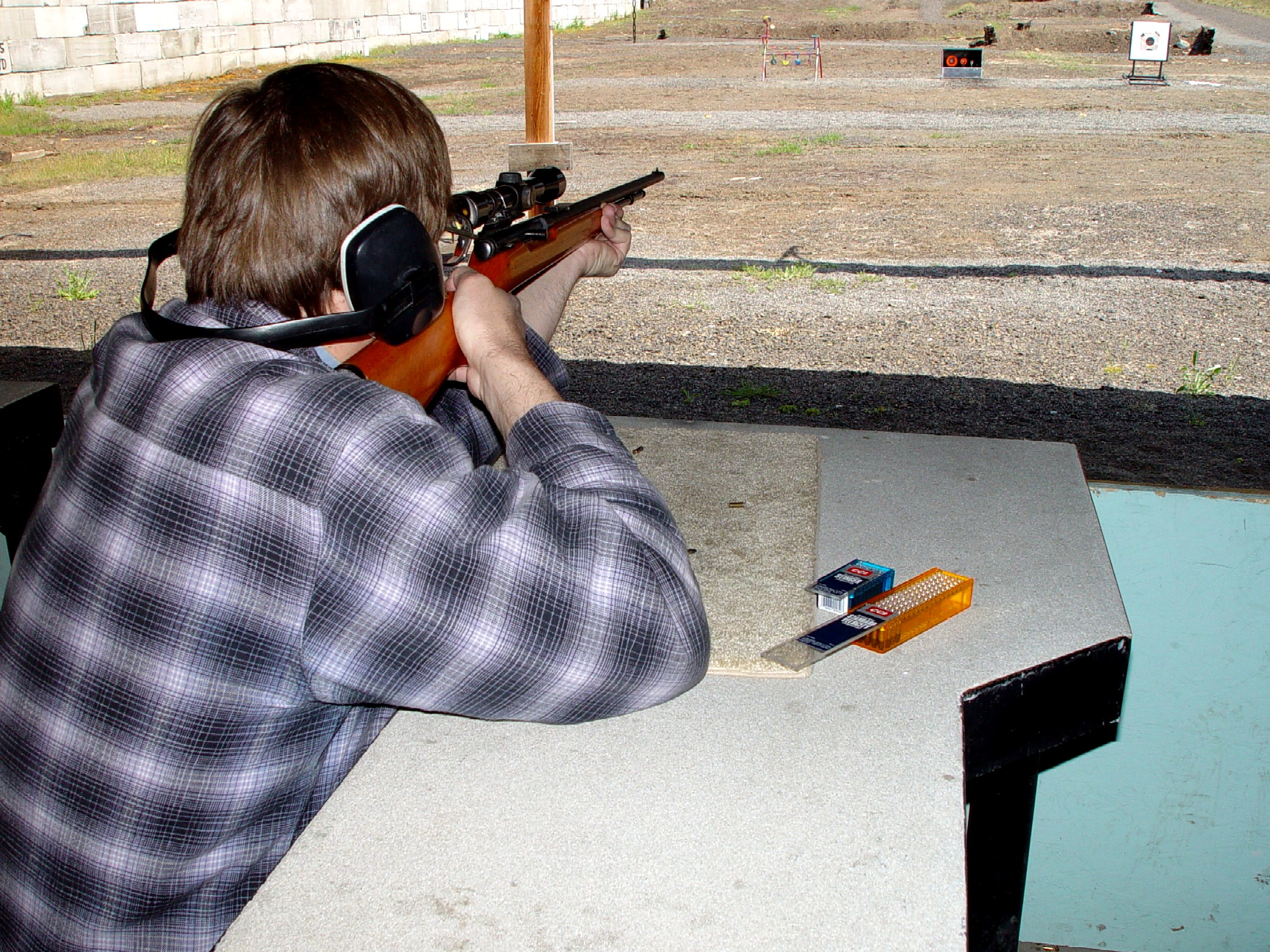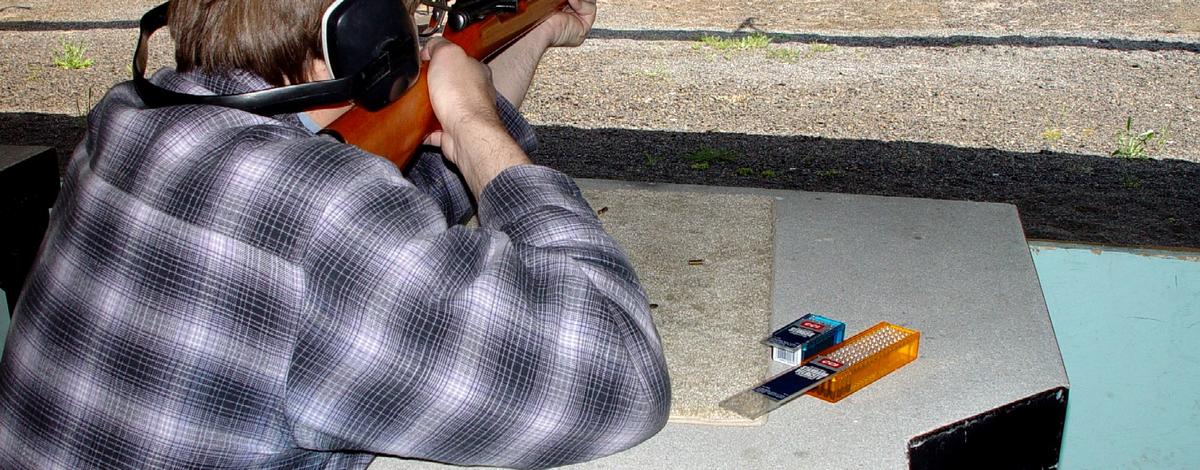With Idaho’s general rifle season fast approaching, many hunters are probably realizing that the last time they touched their rifle was during last year’s hunting season. Since then, their guns have been tucked away gathering dust.
“Unfortunately, some find it strange how a rifle in gun cabinet no longer shoots as straight as it did last year,” said Bill Seybold, Fish and Game volunteer/hunter education coordinator based in Lewiston.

Before the hunting seasons begin, Idaho Fish and Game encourages hunters to visit their local rifle range. Not only is practice shooting important for future success, it’s also important for the ethics of the sport.
“By taking the time to prepare and become a better shot, you show great respect for the animals you pursue,” said Seybold. “And the better shot you become, the better your chances for success.”
Finding a local shooting range may seem daunting, but it’s actually just a click away. For a list of shooting ranges in Idaho, visit http://wheretoshoot.org. This state-by-state shooting range directory lists contact information, facilities available, maps and more for each range. Calling before you go is highly recommended, as hours of operation, services or shooting opportunities may change.
With the high fire danger, shooters are encouraged to use their local rifle range instead of public lands, where conditions are tinder-dry. Remember, those who do not follow the current fire restrictions on public lands may assume all liability if they ignite a wildfire.
Many shooting experts recommend setting your initial target at 25 yards to make sure that you hit the paper. After shooting at that distance, move your target out to 100 to 200 yards to finish the sighting in process.
Consistent accuracy is the ultimate goal when practicing shooting skills, so it’s very important that hunters determine their effective shooting range and practice at all distances out to that maximum.
“All hunters have an ethical obligation to know their personal limits and be prepared,” Seybold said. “Hunters should practice shooting from a variety of distances to help prepare them for every situation that might be encountered in the field.”
According to Seybold, personal shooting skills vary, but effective shooting ranges also vary depending on the gun and ammunition being used. Some rifles with iron sights may only be effective out to 100 yards, while 300 yards and beyond may be the maximum for some scope-sighted rifles.
It is also very important for hunters who have others sight in their rifle, to shoot it themselves before hunting season, as it may not as accurately for them. In addition, hunters should always use the same ammunition for hunting as they did when sighting in their rifle.
Adults mentoring young hunters also need to keep in mind that recoil is a big concern.
“Talking to a lot of our young hunter education students, I cringe when they tell me they’re planning to use a 7-mm magnum or a .300 magnum,” Seybold said. “My favorite hunting caliber for new shooters is the 7mm-08. It shoots very well out to 200 yards and is powerful enough for both deer and elk.”
Several other gun calibers adequate for deer hunting that won't beat up young shooters include the .243, 257 Roberts, .270 and .30-30.
“Once a kid starts flinching, it’s difficult to overcome even when changing to a smaller caliber,” he said.
And with the current high fire danger, shooters are encouraged to use their local rifle range instead of public lands, where conditions are tinder-dry. Those who do not follow the current fire restrictions on public lands assume all liability if they ignite a wildfire.

